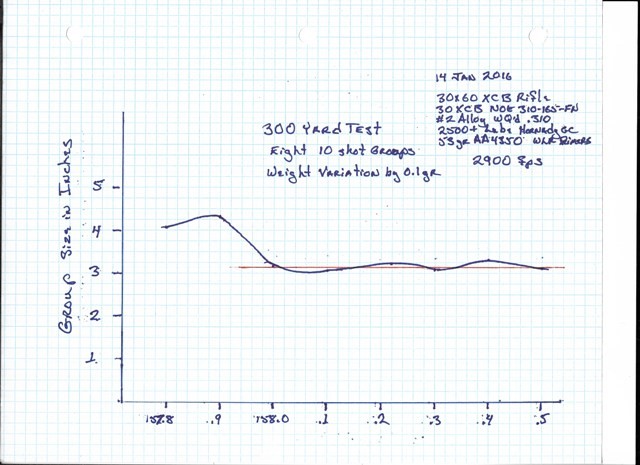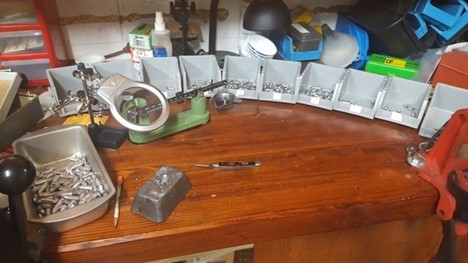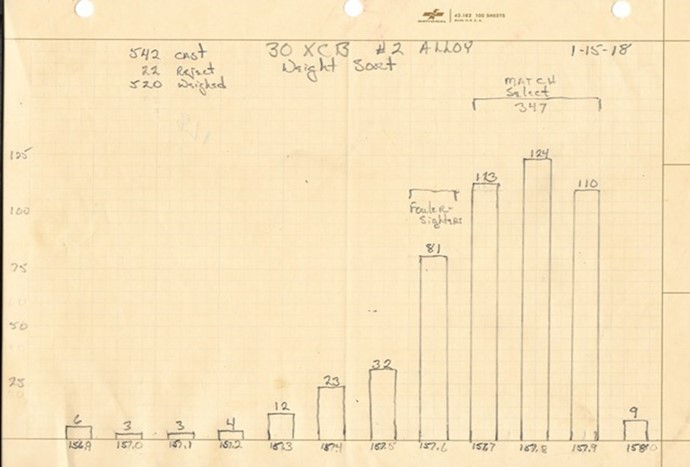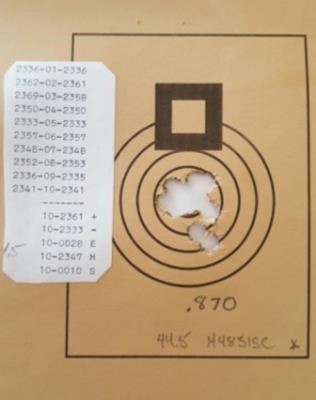A diversion from the thread "Mold Temperature".
The topic "Mold Temperature" on a different thread gravitated towards a good conversation that kicked around the pro and cons of sorting bullets by weight for the purpose of improved accuracy. John's post suggested a separate thread to discuss sorting versus not sorting. Since I had started the OP on mold temperature I thought it would be OK to start this new one.
(John Alexander wrote) Great idea for another thread. It would be nice if all the posters above who believe minimum bullet weight variation is important for good accuracy would all shoot a similar test. It would be interesting to see the results.
(John Alexander continued) Sort of a cooperative joint experiment. I would be happy to participate if there is any interest. Pretty easy to do even if two ten shot groups of each condition.
There are people with enough credibility on both sides of the "weigh or don't weigh" topic that it might be fun to work with. Bud, Gunarea, John, Aaron and many others have decades of experience chasing small groups.
I'm all in on this. To get started I would like to suggest that someone take the lead. Someone who has a track record conducting trials and writing articles that takes controversial subjects and wrings them out to see if the variable can effect change and take the lead.
Rather than beat around the bush I would like to suggest that Jone takes the point. I recommend that John and another CBA member collaborate on a set of easy to replicate methods that maybe 4 others can follow close enough to make the test valid. Since I started this thread I'd like to be the first to jump in with my "wish list" for Methods.
- Use the CBA Group targets. It gives the user a sighter target and a target for score for each of the variables (assuming we follow the suggestion of shooting x number of 10 shot groups. X is defined as he number of variables being tested.
- Consider limiting it to one cartridge so if you're talking about +/- .5 grain all results will be close to relative. 30 cal is the most caliber shot in the Nationals.
- Outline the expected bullet weight variation in tenths of a grain (drop or lubed) to be tested.
- Set a time limit on returns. 30 days is plenty.
If everybody jumped in with their wishes and wants like I just did this could turn into an endless mud wrestling match. That's why I suggested a couple of the respected members of the group draft the methods and they'll be savvy enough to keep it simple.
Volunteers could be sought on line or drafted off line. I don't have a row to hoe in this, I just would like to see a structured test that will give me an edge. I could do it on my own but if we have a small group kick it it may carry more respectability. Sorry for being long winded. Thanks, Bill Cook
A “Measured Response” is as effective as tongue lashing a stuck door.

























